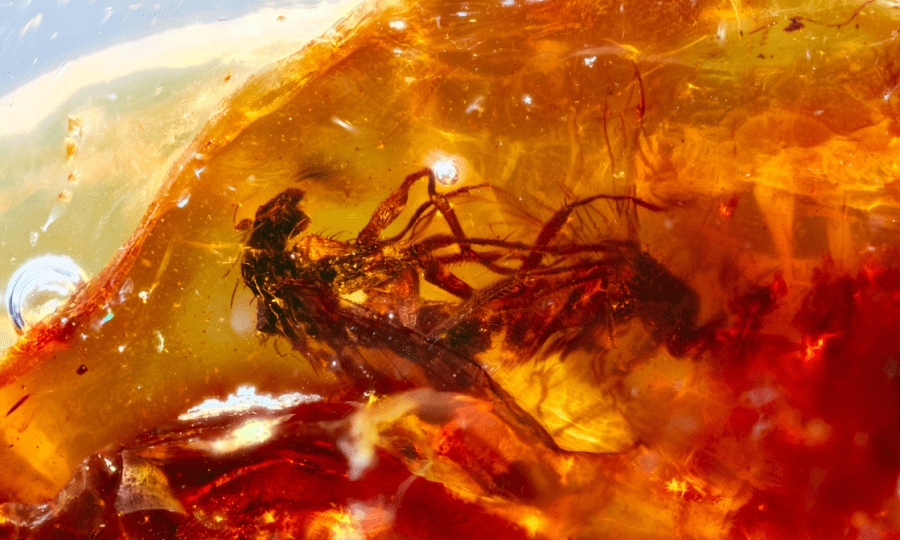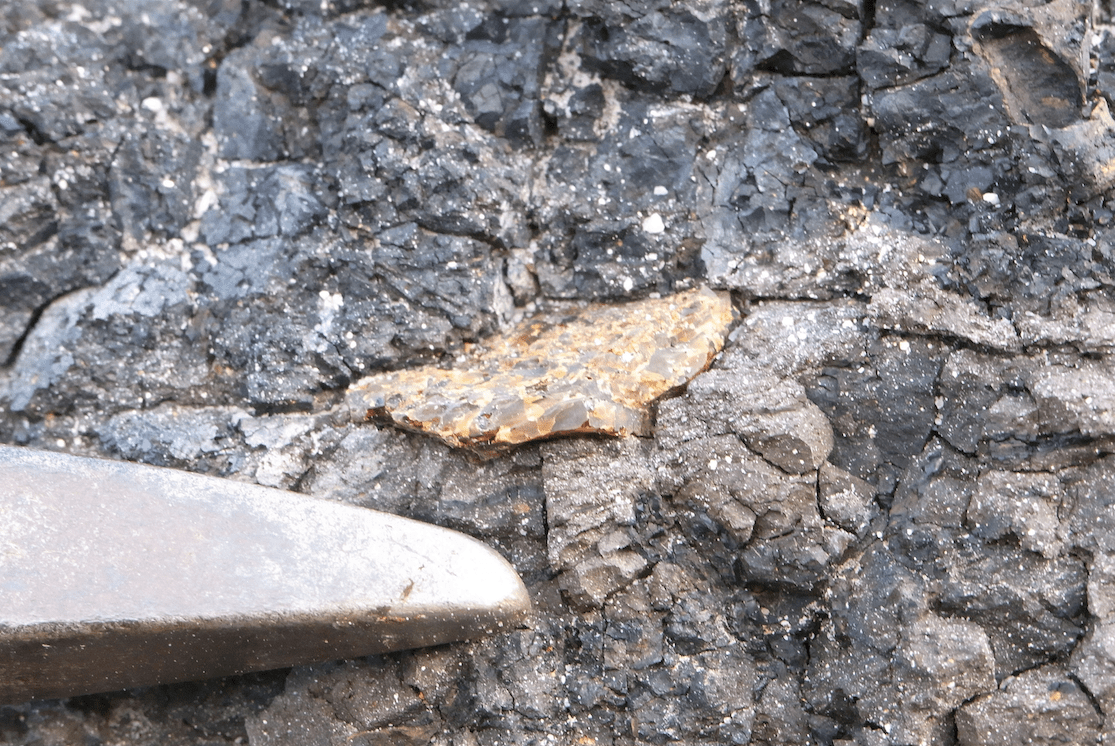Rare local amber findings offer insight into ancient terrestrial ecosystems

Fossiliferous amber deposits of arthropods, plants and fungi from the Late Triassic to early Paleogene have been discovered in ten locations across Victoria, Tasmania, Queensland and New Zealand-Chatham Islands.
Amber of early Mesozoic age is considered a rarity, especially in the southern hemisphere, making this one of the most significant discoveries in Australian scientific history.
Australian researcher Jeffrey Stilwell, who co-authored the groundbreaking report, says the findings have propelled Australia into the global amber palaeontology community.
“We now have our first definite glimpses of ancient subpolar greenhouse Earth ecosystems, when Australia and Antarctica were attached and situated much further south in higher latitudes,” Jeffrey said.
“Many discoveries are the first ever for their respective groups of animals and plants, including the first ever ants, springtails and others, and the first recorded evidence for ‘frozen behaviour’ in the fossil record of mating flies.
“You could say these long-legged flies were ‘caught in the act’ 42-40 million years ago, which is astounding for palaeontology in this country.”

Amber is considered the ‘holy grail’ preservation medium for ancient life, as the finest details of an animal, plant or microorganism can be observed, providing palaeontologists with huge volumes of crucial information.
The oldest finding in the report is located in the Fingal Valley Coal Measures in Tasmania, and dates back to the Late Triassic around 230 million years ago. The amber fossils here include bark fragments, plant pieces, miniscule organic debris and microbe-like inclusions.
Jeffrey believes these ancient remains indicate that there was “major climate change and increased rainfall happening at this time, resulting in an enhancement in tree resin production.
“As such, The Tasmanian Triassic amber provides a major new data point and evidence for the so-called ‘Carnian Pluvial Event’, dating to 230 million years ago, which is quite exciting, as it points to this major climatic shift being Pangean-wide.”
Other notable amber sites in the report include Macquarie Harbour in Tasmania, Latrobe Valley Coal Measures in Victoria, Cape York Peninsula in Queensland and Chatham Islands, situated off the east coast of New Zealand.
Jeffrey admits the findings are “a dream come true for a palaeontologist in this country” and insists the preservation of these fossils and their respective habitats is critically important.
“These new amber fossils are also telling us that many former geographic ranges (in terms of ancient times of extensive biotic distributions) can be reduced over millions of years to small areas, in this case, narrow ranges in Australia. These ancient, ‘living fossils’, as such, need to be protected along with their respective habitats.”

